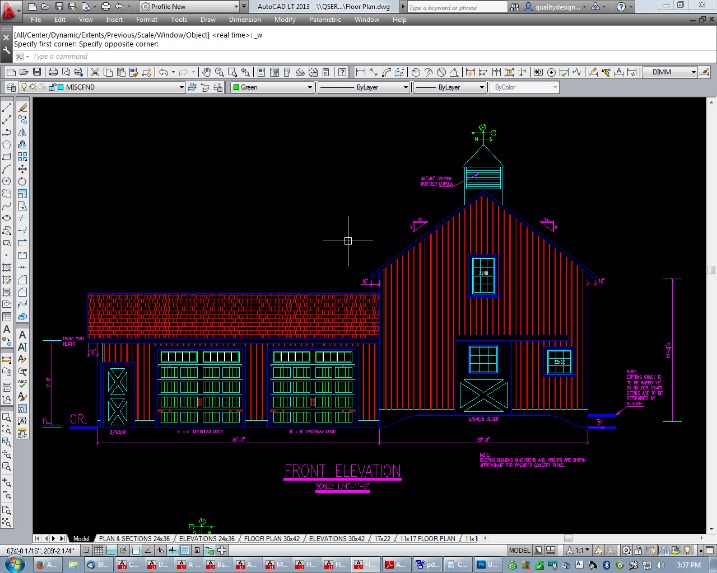In a world dominated by visual content, Technical Illustrations hold a unique place, bridging the gap between complex concepts and clarity. These illustrations aren’t just mere drawings; they transform intricate ideas into easily digestible visual representations, serving industries ranging from engineering to medicine. This specialized art form requires a potent blend of creativity and precision.
The Importance of Technical Illustrations
For professionals in fields such as architecture, aerospace, or mechanical engineering, technical illustrations are indispensable tools. These visuals communicate detailed specifications, demonstrate product functionalities, and depict procedural steps without the clutter of excessive words. In a technical world where a single misstep could mean the difference between success and disaster, accurate depictions are crucial.
The Skillset Behind the Craft
Creating effective technical illustrations demands more than just artistic ability. An illustrator must have a firm understanding of the subject matter, whether it’s machinery, medical processes, or architectural plans. Mastery in using sophisticated software tools for creating precise and scalable visuals is also essential.
Additionally, a successful technical illustrator needs to be a problem solver—able to decipher complex data and transform it into clear and concise images. They must continuously update their skills to keep up with technological advancements and industry expectations.
Applications Across Industries
The application of technical illustrations extends beyond engineering. In the medical field, they assist in educational materials, showing body parts in a way that is understandable to students and professionals alike. In consumer electronics, they help create user manuals that guide customers through setups and troubleshooting.
In architecture, technical illustrations transform 2D blueprints into life-like 3D renderings, providing clients with a visual proof of concept and assisting in project approvals. The versatility of these illustrations across such diverse fields highlights their integral role in modern industry.
Conclusion: The Future of Technical Illustrations
The future looks promising for technical illustrations, as the demand for precise and visually appealing content continues to rise. As technology evolves, so will the tools and techniques used by illustrators, promising even more innovative applications. For those interested in exploring this fascinating field further, more information is available through Technical Illustrations.


